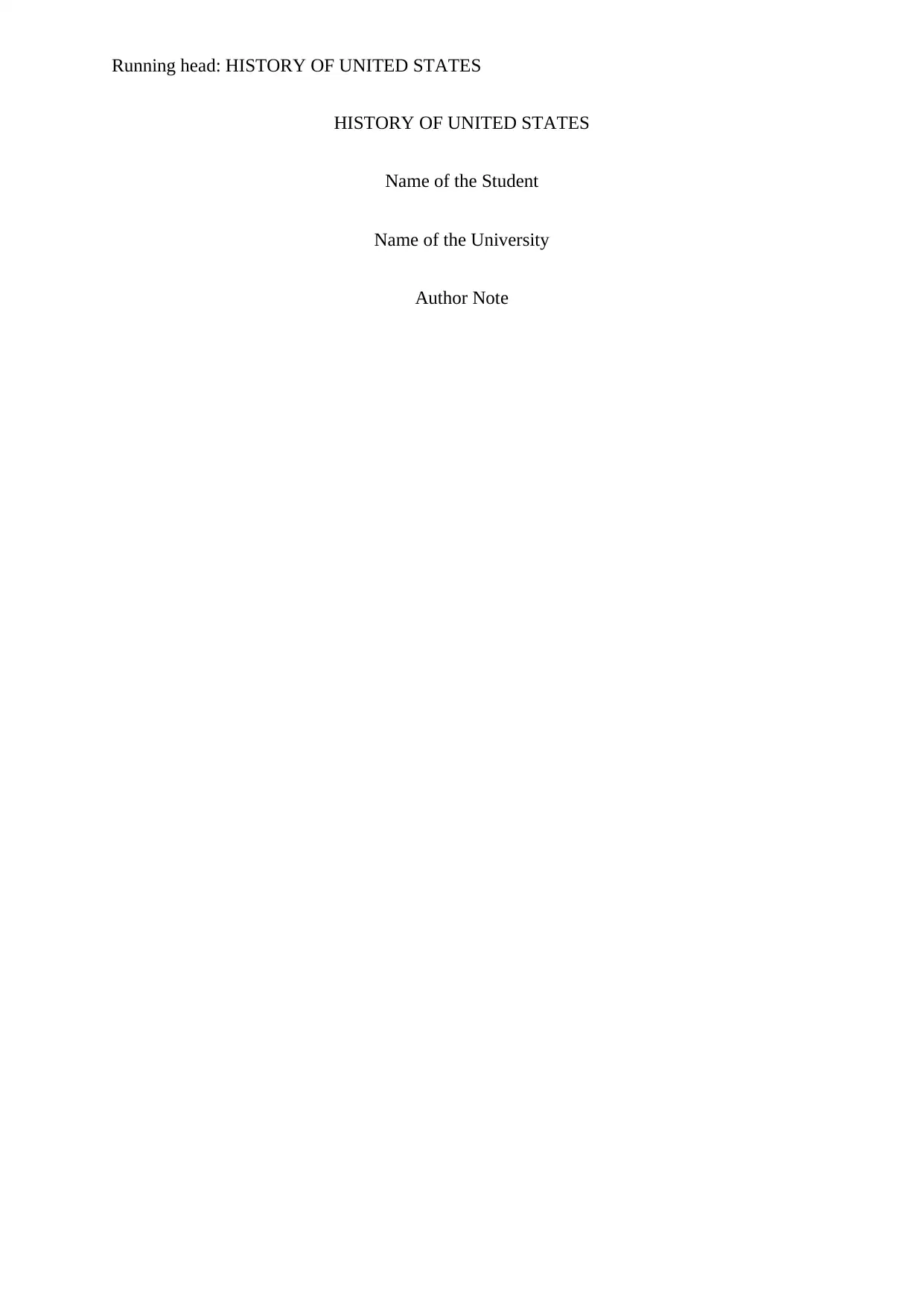History of the United States: Jackson and the Nullification Crisis
VerifiedAdded on 2020/04/13
|4
|485
|44
Report
AI Summary
This report examines the history of the United States, focusing on the presidency of Andrew Jackson and the Nullification Crisis. It explores Jackson's core beliefs, including the reduction of federal government functions and the preservation of the Union. The report highlights the Nullification Crisis of 1832-33, a sectional crisis involving South Carolina's opposition to federal tariffs and its threat of secession. It discusses Jackson's response, including the introduction of the Force Bill to enforce federal laws and prevent secession. The report references key scholarly sources to support its analysis of this pivotal period in American history, providing an overview of the political and economic turmoil during the 19th century.
1 out of 4











![[object Object]](/_next/static/media/star-bottom.7253800d.svg)